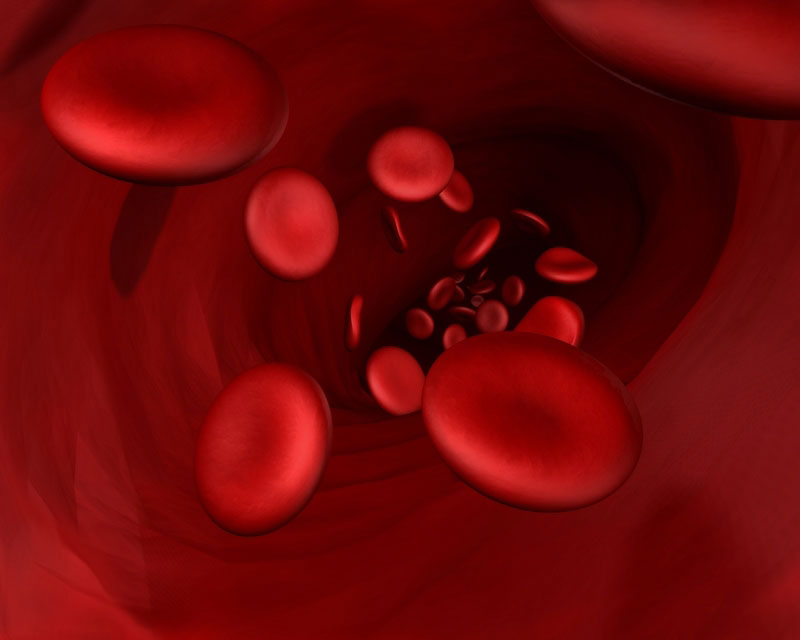New Plastic Blood Could Save Lives

Artificial blood made up of plastic molecules has been created by researchers at Sheffield University in the UK. The artificial blood is light to carry and, unlike blood plasma, does not need to be refrigerated. It also has a longer shelf life.
The new artificial blood consists of plastic molecules with an iron atom at their core; this allows it to simulate the oxygen-carrying hemoglobin in real red blood cells. Hemoglobin is the metalloprotein in red blood cells that transports oxygen from the lungs to the rest of the body - like the muscles - where it releases its oxygen load.
Dr Lance Twyman, of the university's Department of Chemistry, said:
"We are very excited about the potential for this product and about the fact that this could save lives.
"Many people die from superficial wounds when they are trapped in an accident or are injured on the battlefield and can't get blood before they get to hospital.
"This product can be stored a lot more easily than blood, meaning large quantities could be carried easily by ambulances and the armed forces."
Plastic blood cells could also be used as a substitute when the supplies of natural human blood run low, as they are now in Ohio, New York and Alabama.
Get the world’s most fascinating discoveries delivered straight to your inbox.
People have been searching for blood substitutes since 1616, when William Harvey described how blood circulates in the body. Medical practitioners tried a variety of substitutes, including beer, urine, milk, plant resins, and sheep blood. Hopefully, plastic blood cells will work better.
Take a look at these futuristic blood substitutes and additives:
- HetaCool - Your Personal Antifreeze? Can you survive a surgery that requires that your heart stop for a short period?
- Freeze-Dried Blood For Israeli Soldiers Soldiers in the field may carry an emergency blood supply based on their own blood.
- Young Blood Found To Revive Aging Muscles In a Stanford University study, older mice were attached to younger ones...
(This Science Fiction in the News story used with permission from Technovelgy.com - where science meets fiction.)


